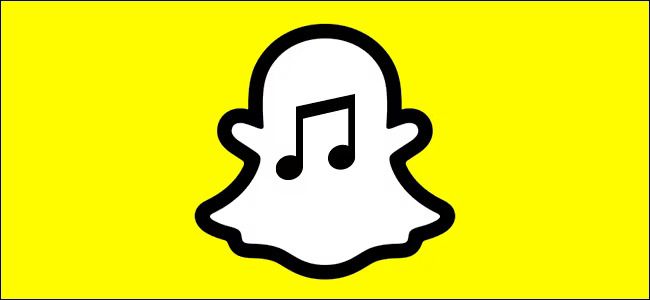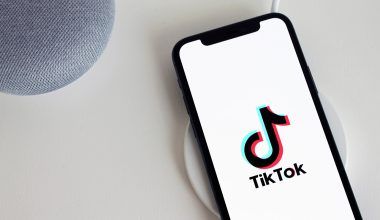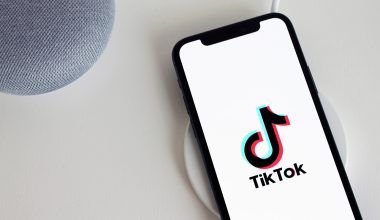In the digital age, shared libraries are pivotal in enhancing accessibility, promoting collaboration, and optimizing resource management across various platforms. This article explores the intricate workings of shared libraries, focusing particularly on how platforms like 7digital and Snapchat utilize this technology to offer users streamlined access to media and collaborative features.
Shared digital libraries are centralized repositories where digital media like music, videos, and documents are stored and shared among multiple users or applications. These libraries facilitate efficient resource management, access control, and content distribution, making them essential in today’s interconnected digital landscape.
Importance in Modern Digital Ecosystems
Shared libraries play a crucial role in content management systems, allowing for seamless collaboration and distribution, which are critical for digital platforms aiming to provide cohesive user experiences and robust content delivery mechanisms.
7digital’s Approach to Shared Digital Libraries
7digital is a leading global platform that provides end-to-end digital music solutions. The platform leverages shared libraries to offer a vast catalog of music content that is accessible to users and business partners worldwide.
How 7digital Uses Shared Libraries
- Music Catalog Management: 7digital’s shared library hosts millions of music tracks available for streaming and download, serving as a single source of truth for inventory management.
- Licensing and Distribution: The platform uses its shared library to manage licensing agreements and distribute content efficiently to various stakeholders, including music streaming services and retail brands.
- Integration with Other Services: 7digital’s API allows other platforms and services to access its shared library, enabling them to incorporate vast music libraries into their offerings seamlessly.
Snapchat’s Utilization of Shared Libraries
Snapchat, a popular multimedia messaging app, incorporates shared libraries in a slightly different context. It focuses on user-generated content, enhancing social interaction and content sharing among its user base.
Functionality of Shared Libraries in Snapchat
Memories Feature: Snapchat’s Memories acts as a personal shared library where users can save snaps and stories. This feature allows for the archival of content, which can be shared with others or reposted.
Collaborative Albums: Snapchat allows users to create shared albums in which multiple users can contribute content, fostering community and collaborative content creation.
Content Discoverability: By using shared libraries, Snapchat improves content discoverability, making it easier for users to find, view, and interact with media that others in their network have shared.
The Technology Behind Shared Digital Libraries
Discuss the technological frameworks and protocols that underpin the functionality of shared libraries, such as cloud storage solutions, metadata management, and access control mechanisms.
Challenges and Solutions
Explore the challenges faced by platforms like 7digital and Snapchat in managing shared libraries, including issues of data security, copyright management, and scalability. Provide insights into how these platforms address these challenges through innovative technology solutions.
Best Practices for Managing Shared Digital Libraries
Provide strategies for effectively managing shared libraries, including tips on data organization, copyright compliance, user access management, and integration with other digital tools.
Future Trends in Shared Library Technology
Forecast future developments in shared library technology, considering advancements in AI, machine learning, and blockchain, and how they might enhance the functionality and security of shared libraries.
Conclusion
Shared digital libraries are transforming the way platforms like 7digital and Snapchat manage and disseminate content. By understanding how these libraries work and the benefits they offer, businesses can better leverage this technology to improve content accessibility, enhance user engagement, and streamline collaboration.
For further reading, explore these articles:
- How Music Royalties are Calculated by Platforms?
- Deliver My Tune’s Service: Latest & Updated
- What is YouTube Content ID: A Comprehensive Guide
- What is ACR – Automatic Content Recognition?
For additional resources on music marketing and distribution, visit Deliver My Tune.






